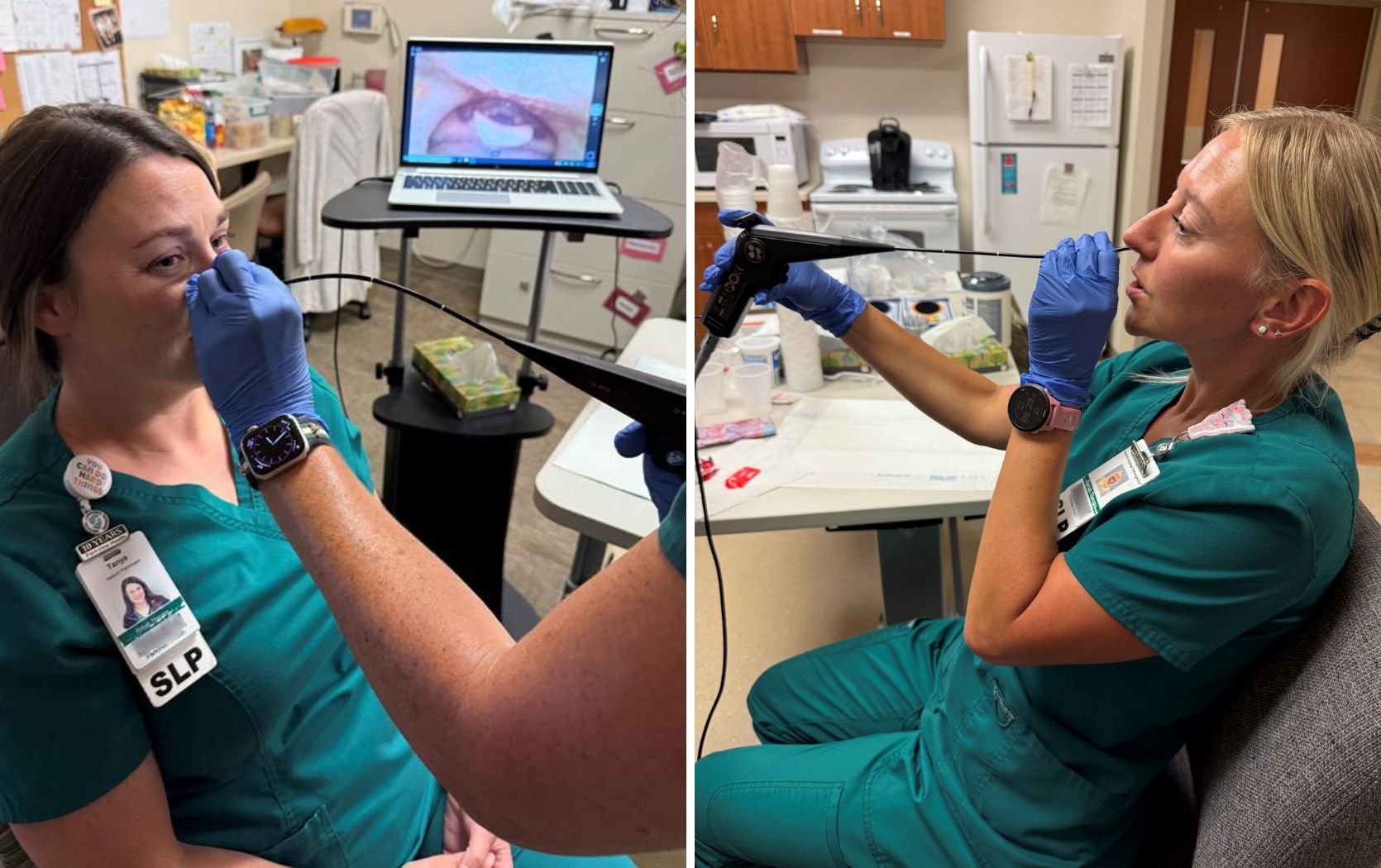
The Centers for Disease Control and Prevention (CDC) reports that nearly 1 in 5 adolescents aged 12-18 years, and 1 in 4 young adults aged 19-34 years, are living with prediabetes, and the prevalence is trending upward. We asked Greshma George, MD, PPG – Pediatrics and PPG – Primary Care, to answer some basic questions around this concerning progression and what parents can do to turn things around.
What is prediabetes?
Prediabetes refers to a state of increased risk for future development of diabetes. Prediabetes is defined as an abnormality in fasting plasma glucose (FPG)-(>100 mg/dL to 125 mg/dL), hemoglobin A1c (A1C)-(5.7-6.4 percent), and/or glucose tolerance (plasma glucose >/= 140 to 199mg/dL) after a two-hour glucose load.
How prevalent is prediabetes in the youth population?
The overall prevalence of prediabetes in the 12-18 years age group was 18%. The trend of pediatric prediabetes has been increasing recently, especially in children with obesity.
What are the risk factors for prediabetes?
- Obesity – Being obese leads to excess adipose tissue (body fat). This has been the most significant risk factor for developing prediabetes.
- Genetic susceptibility – There is an increased risk if a child has close relatives with type 2 diabetes.
- Prenatal exposure – Maternal gestational diabetes, followed by the combination of a low birth weight as a baby and weight gain in adult middle age increases insulin resistance and the risk for type 2 diabetes.
- Ethnicity – Prediabetes is more common in Native Americans, Hispanics and Asian Americans than in other populations.
- Polycystic ovarian syndrome (PCOS) – This can contribute to insulin resistance, and hence, can add risk of developing diabetes. This puts adolescent females at a higher risk than males.
Any of the factors listed above can make a child predisposed to developing prediabetes.
What are the signs or symptoms of prediabetes?
Prediabetes typically does not manifest as any clinical symptoms. In some cases, children will display clinical symptoms due to hyperglycemia, which commonly includes excess urine production (polyuria).
Sometimes, during a physical examination, physicians can detect signs of insulin resistance or conditions associated with insulin resistance (acanthosis nigricans, hypertension, dyslipidemia, PCOS or small for gestational age birth weight). This is why it’s very important to start screening children and adolescents older than 10 if they have risk factors, with obesity being the most important and determining factor.
How can parents prevent prediabetes in children?
Mitigating the risk of prediabetes in children can be challenging, due to factors like genetics, lifestyle changes and lack of awareness. Shifts, including encouraging healthy eating habits, regular physical activity and maintaining a healthy weight can be difficult in an environment filled with processed foods and increasing screen times. Explaining the importance of healthy body weight to children can be extremely sensitive, as they might already be facing body shaming in their social circle.
Here is more specific guidance for parents who want to make healthy shifts to help prevent prediabetes in their children.
- Promote healthy eating. Encourage and provide foods that support eating based on a balanced diet rich in fruits, vegetables, whole grains and lean proteins. Limit sugary drinks, processed foods and excessive snacks. A few chips are okay, but a whole bag is not! Portion control is extremely important, especially if a child is already overweight.
- Encourage physical activity. Whether your child enjoys sports, outdoor play or family activities (especially if others in the family are working toward a healthier weight). Aim for at least an hour of physical activity per day. Parents can try to find creative activities, like dancing or hiking, which can also help your family bond.
- Limit screen time. It’s crucial that parents put rules on screen time and set reasonable limits.
- Encourage a healthy sleep schedule and hygiene. Adequate, good quality sleep is important for children as they develop.
- Lead by example. Children often learn from their parents’ behaviors, so modeling healthy eating and healthy habits yourself can have a positive impact on your child’s choices. Create a supportive environment, educate them about healthy choices, open communication with your child to identify any stressors in your child which could be contributing to overeating and be patient with them as they learn and come around. Also, modeling a healthy body image is a great blueprint for young people to follow.
- Regular health checkups. Be sure you are taking your child in for routine well child exams with their pediatrician or family doctor. Your kid’s doctor can help identify potential issues and perform adequate screening when necessary.
Prediabetes can be mostly prevented from progressing to type 2 diabetes by incorporating the steps above. However, it’s important to remember that some individuals might still have a higher risk even after successful lifestyle modifications. Regular checkups and adherence to a healthy lifestyle are key to long-term success.



